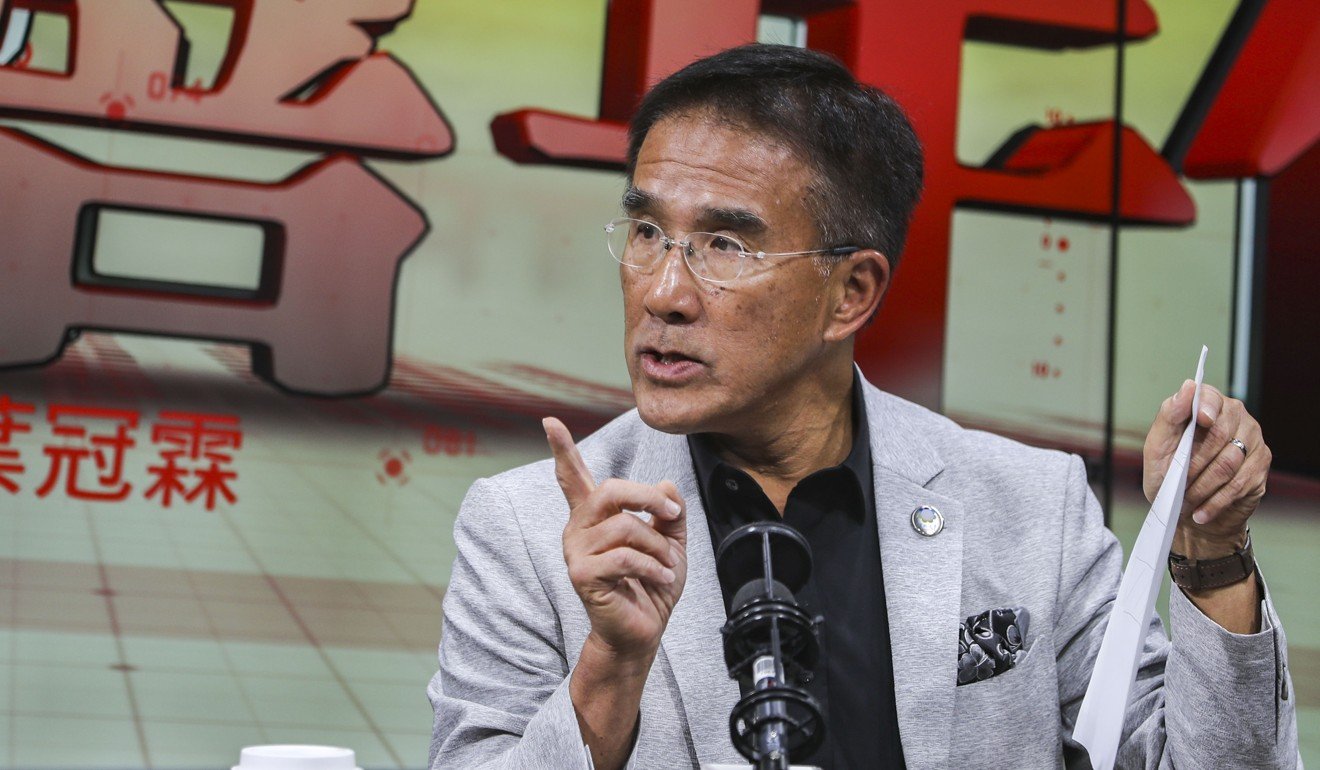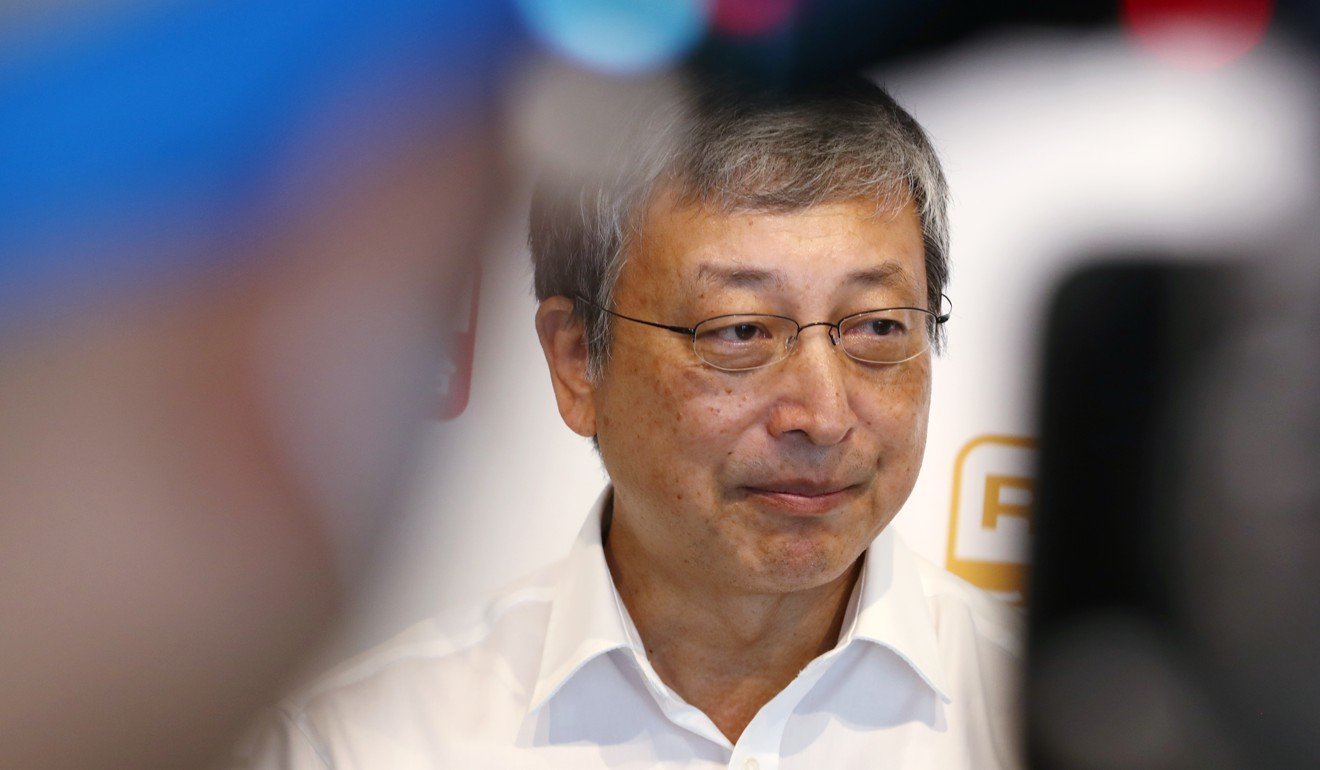
Inspection work questioned after even more shoddy work unearthed on Hong Kong’s Sha Tin-Central link
- Highways Department announces four more steel bars on Hung Hom station platform found to be substandard
- Former rail boss Michael Tien says some of the recently discovered faults should have been easy to spot
The quality of supervision during construction on Hong Kong’s costliest rail project was called into question again on Saturday, after more shoddily built reinforcement bars were found in the walls of one of the stations.
The Highways Department announced on Friday evening that four more steel bars on the Hung Hom station platform for the Sha Tin-Central link were found to be substandard, bringing the total number of faulty bars to 10 of the 24 coupler connections checked.
In the worst case among the newest four, a bar near the station’s eastern diaphragm wall was found to be screwed only 9.4mm into its coupler, far short of the benchmark.
According to their manufacturer, at least 40mm of each bar should be screwed into its coupler, and anything less than 37mm is deemed substandard.
The other substandard bars reported on Friday had 33mm, 35.34mm and 36.65mm insertions.
Former railway boss Michael Tien Puk-sun, also a legislator, cast doubt on the quality of the inspections done while construction was under way. He noted that four of the 10 problematic bars so far were at the top of the slab connecting the eastern diaphragm wall — an area where he said problems should have been easy to spot.
He called the situation ridiculous.

“That means they treated the inspectors as if they did not exist, or the inspectors knew about the issue but did not speak out,” Tien said.
The former chairman of the Kowloon-Canton Railway Corporation, which merged with the MTR Corporation in 2007, said he believed the final fault rate would be high, because of a lack of inspection.
They treated the inspectors as if they did not exist, or the inspectors knew about the issue but did not speak out
The MTR Corp is in the process of breaking open at least 80 sections of two new platforms at the station for the HK$97.1 billion (US$12.4 billion) link, to see if structural safety has been compromised.
The probe was prompted by a scandal that blew up in May when the MTR Corp was hit by allegations that steel bars had been cut to imitate proper installation into couplers, and that the structure of supporting diaphragm walls had been changed without authorisation.
At least 168 coupler connections will be exposed for inspection. A final assessment is expected to be delivered by mid-March.
The inspection’s recent bad findings have led to suggestions, including from Tien, that the platforms could have to be torn up and rebuilt.
Veteran structural engineer Ngai Hok-yan agreed the fault rate for the tested couplers was very serious, but suggested unscrewing all the problematic bars to make sure the equipment testing records were accurate.
“Everyone must clear up the facts first, and decide whether to strengthen or rebuild the platform,” he said.
Ngai estimated that the overall failure rate would end up at about 30 per cent.

Tien said the structure could be remedied if many of the substandard bars were inserted into the couplers by more than 24mm.
On Monday, an independent expert invited by the MTR Corp to observe the probe said that if a coupler had six screw threads inserted, giving an insertion of about 24mm, it would be safe.
“At this point, regarding whether the station would need to be dismantled, I would like to see how many couplers had fewer than six screw threads inserted,” Tien said.


